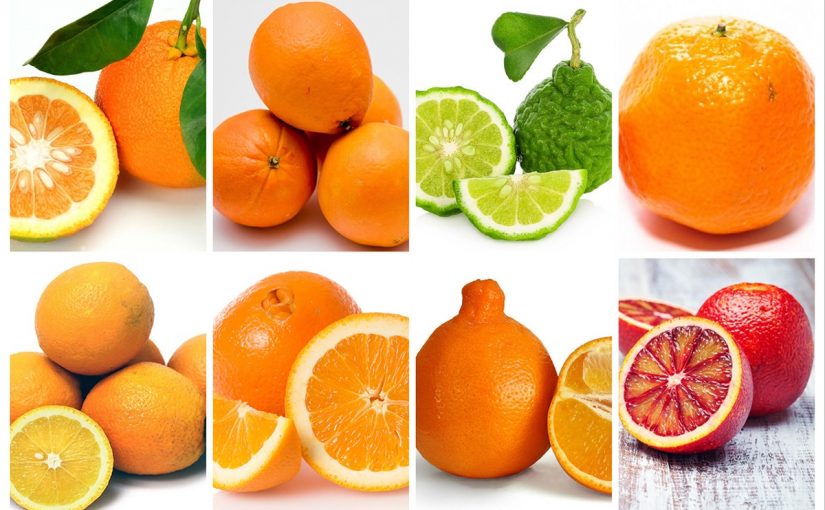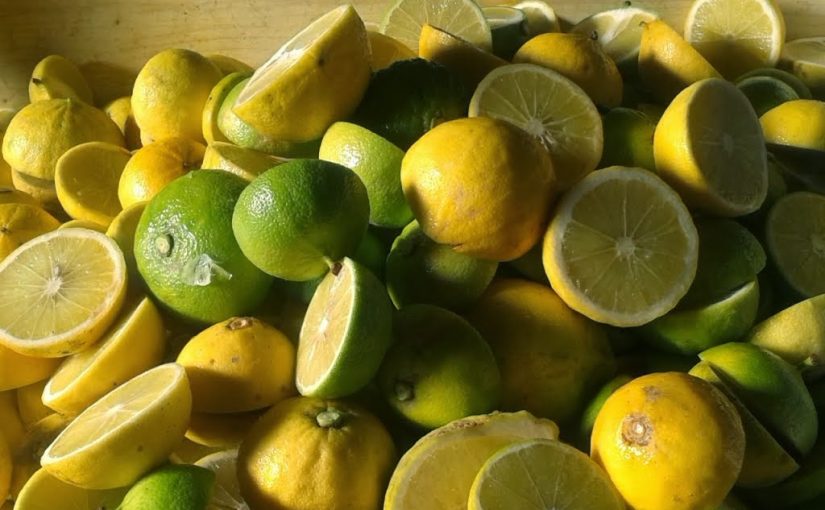2.6.2018
The Authentic Mediterranean food of Calabria has a specific design, a certain number of five Colors you will eat routinely.
Here are the five colors you will eat on a regular basis, also enhancing your health!
Our country Italy, and our region (Calabria) will make you consume vegetables and fruits from 5 color families, so that you’ll be getting a broad range of vitamins, antioxidants and phytochemicals that can enhance your health and protect you from disease.
We will now provide guidance on the Calabrian foods that are best for Body Ecology and to improve your Health.
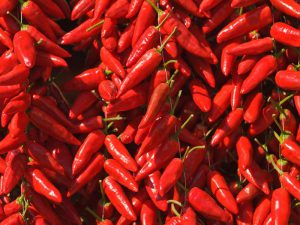
1. RED
The Nutrients of red are those red grapes, which specifically have a powerful antioxidant known as resveratrol, which has anti-inflammatory properties and may help lower your risk for heart disease and cancer.
In Calabria you can find some great options for red foods to eat, and the dishes coming out has a really beautiful design:
- Red onions of Tropea
- Radicchio
- Pomegranate
- Radishes
- Red bell pepper
- Red chili pepper
Further you can add:
- Pink grapefruit
- Red grapes (from Cirò Marina)
- Red apples
- Tomatoes (From Lametia Terme)
All the great nutrients inside the afore-mentioned red fruits and vegetables include lycopene found in watermelon, pink grapefruit and tomatoes. Lycopene is known for fighting prostate cancer and may be one of the reasons the Mediterranean diet is so healthy.

2. YELLOW & ORANGE
In the plateau of Sila are some of the yellow and orange foods that you can eat as part of your Body Ecology program:
- Lemons of Reggio Calabria
- Yellow summer squash
- Yellow pepper
- Corn
- Carrots of Lametia
- Pumpkin
We recommend also to add these to your diet, which will realize a magnificent design for every “mise en place” of dishes:
- Sweet potatoes of Sila
- Yellow apples of the same plateau
- Yellow beets
Inside such Yellow and orange fruits and vegetables you will find a powerful nutritional punch, given that they are all rich in beta carotene, vitamin A and vitamin C, powerful antioxidants that neutralize the free radicals that roam around your body and damage your cells. researches also link high consumption of specific carotenoids like beta-cryptoxanthin, which is found in orange and yellow foods, to a lower risk for developing inflammatory arthritis.
Further this diet will neutralize free radicals, which are thought to be responsible for artherosclerosis and heart disease, cataracts, blood vessel damage, inflammatory diseases and arthritis, asthma and even cancer.
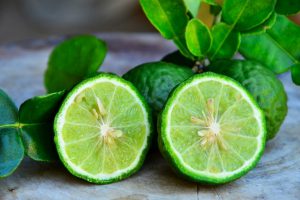
3. GREEN
The Nutrients of green vegetables are phytochemicals that improve your health and offer plenty of fiber.
In Calabria you will find many vegetables rich of sulfurous compounds that help your liver detoxify harmful cancer-causing substances, prevent macular degeneration, and protect women from ovarian cancer.
Other component of green vegetables and fruits is potassium, which is great for you heart. Most local greens (green peppers and green fruits, excepting limes) are especially rich in phytonutrients.
Main vegetables and fruits are:
- Green leaf lettuce
- Spinach
- Romaine lettuce
- Zucchini
- Asparagus
- Cucumbers
- Artichoke
- Limes
- Bergamot
4. BLUE & PURPLE
The Nutrients of Calabrian Blue and purple vegetables and fruits are some of the most important and most overlooked. Many of these blue and purple foods are rich in the phytonutrient anthocyanin, another type of flavonoid that is great for fighting the damage that daily living does to your cells.
You can think, for example, to local grapes.
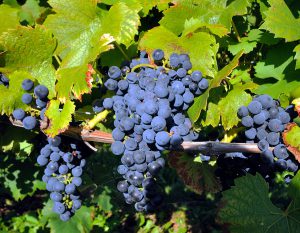
Further, we can list the following blue and purple foods you can eat as part of your Body Ecology program:
- Purple cabbage
- Black currants
- Purple asparagus
- Blueberries
They are all protective against some cancers, and good for urinary tract health and maintaining memory function.
5. WHITE
In Calabria we have, on the white list, onions and garlic, which are considered super foods for their amazing health benefits.
Onions and garlic are both members of the Allium family, they can lower blood sugar and have amazing anti-inflammatory and anti-bacterial properties. Further, onions are a great prebiotic, given that they feed the probiotics in your intestines.
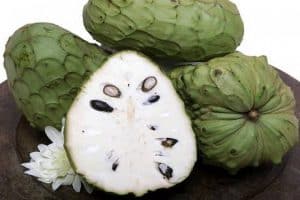
We can list:
- Cauliflower
- Onions
- Daikon radish
- Jicama
- Garlic
- Annona (an exotic fruit, in the above picture, growing near Reggio Calabria).
DESIGN OF CALABRIAN FOOD COLORS
All those Colors can add a delightful visual appeal to eating healthy foods. The design of your dishes will be wonderful. Further, following this rainbow, including fruits and vegetables that are green, red, yellow, orange, white, blue and purple, you’ll be getting plenty of vital nutrients that enhance your health.

